This site uses cookies. By continuing to browse the site you are agreeing to our use of cookies. Read our privacy policy

Dr. István Ujhelyi, Member of European Parliament

Dr. István Ujhelyi has been a Member of the European Parliament (MEP) since 2014. He currently serves as Vice Chairman of the Parliament’s Committee on Transport and Tourism.
How would you define a smart sustainable city? Is there one that stands out for you as the leading example currently?
A smart sustainable city is an innovative city that uses information and communication technologies (ICT) and other means to improve quality of life. ICT is used to improve the efficiency of city operations and services, ensuring that it meets the economic, social, environmental, and cultural needs of present and future generations.
A smart, sustainable city should be available for all citizens and all visitors. Technological developments and the twin transition [to greater digitalization and cleaner forms of energy] create the potential for more viable and vivid cities.
I was the initiator of the program of the EU capital of SMART Tourism, where the digital transition helps improve services to visitors, while preserving the sustainability of life for local citizens. I am convinced Helsinki, Malaga, and Seville are among those European cities, which have reached a high level of digital sustainability.
By 2050, 68% of the world’s population will live in urban areas. How critical is it that all cities become smart, and do so quickly – for the sake of the planet?
This is the global trend. But there are several dangerous elements in this rapid urbanization.
The latest example in Mexico City shows the missing development of the infrastructure, where the scarcity of drinking water has become one of the most crucial difficulties. There is a process for developing a city smartly; however, the connectivity in rural areas, and in the cities which have become the capital of that area, should be maintained with existing transport infrastructure.
Tell us a bit about the European Parliament Transport committee’s work in the area of smart cities. What sort of projects are you commissioning or backing to advance sustainability? Which initiatives most impress you?
Our Committee was active in the implementation of the intelligent transport systems to be integrated into SMART cities – how vehicles and infrastructure could be connected and automated.
There is a growing number of cities where the entire public transport and ticketing system has been completely digitalized to ensure easy access for users. Concerning CO2 emissions, in most SMART cities, entire vehicle parks are based on hybrid and battery technology.
You were quoted back in 2020 as saying that “the era of so-called mass tourism should probably come to an end.” Why? Is it happening? How do you achieve a balance between tourism economics vs. sustainability needs?
Mass Tourism was one of the results of better connectivity. The number of flights increased and the new segment of low-cost aviation boosted the tourism industry. However, several disruptions happened during the past few years. These include the bankruptcy of travel agency Thomas Cook, and the economic and social crisis that followed the outbreak of the Covid pandemic.
In parallel with this, we have the climate change targets. In the process of restarting the transport and tourism industry, with the help of proper legislation and incentives, a sustainable approach has become the priority.
We must involve more local citizens, develop a new and smart destination policy, and create new tourism products to diversify the flow of tourism and avoid the classical mass tourism.
Building on that, is there a potential conflict between the smart city goal of optimizing urban functions to promote economic growth, and the sacrifices or compromises often needed to achieve sustainability?
No. Optimization of urban functions is a necessity, and digital solutions that foster technological development use different types of vehicles. This has resulted in less emissions, pointing the way to achieving sustainability. The optimal and sustainable operation of a smart city maintains these functions, and helps the promotion of economic growth. This is an existing circle.
Tech development is accelerating all the time. How do you ensure you build city and transport systems that can keep up and adapt as required?
Yes, this is one of the most important questions, and we do not have the answers yet. Part of the answer lies in education, training, citizens’ active involvement, and constant adaptation towards the new technologies. AI is there, however, and could help us find the best ways of implementation.
Similarly, different tech providers will offer different solutions. How critical is it that digital platforms remain open to all applications and devices, to help foster an expandable ecosystem working to globally compatible standards?
It’s important to ensure security and safety, and to understand how to handle data, especially personal data. There is a global competition, however, so constant cooperation is needed among the industry players. Sustainability, and the green transition followed by standardization is crucial, based on common understanding and well-existing governance.
To what extent do we need to see cities as a living organism or a nervous system – to be protected, nurtured and kept healthy via digital innovation?
I lived in several cities of different sizes, and I know well the countryside and the rural areas. Cities are living organisms, where, for example, tourism could be the solution for how to keep the real connectivity in the regions among the cities and its surroundings. Digital innovation is a tool. It helps to maintain digital heritage; it helps to create new tourism products, making a destination more interesting. But as I mentioned, the local citizens should understand, and be involved in, the advantages of this twin transition.
Smart cities are built on data, and that means technological sensors and monitoring. How ready do you feel the European public is for ubiquitous monitoring? How do you ensure their right to privacy, and ensure that data ownership is maintained and protected, even as cities get smarter?
You’ve touched on a real problem and an area where I feel some danger. However, the GDPR legislation, the DMA and DSA, and finally the AI act, which entered into force recently, give the proper and safe legislative framework that Europe needs. We are a frontrunner in this process.
What’s the primary role of the policymaker in this area: interventionist, to protect those citizens’ rights and data protection? Or light-touch, to let the tech unfold at speed and allow entrepreneurs to adapt and thrive?
Policymakers and legislators cannot give deadlines for innovation! In Europe, we protect our citizen’s rights and we have – as described above – a strong legal framework. The competition is open for companies, but all of them should keep their focus on security and safety.
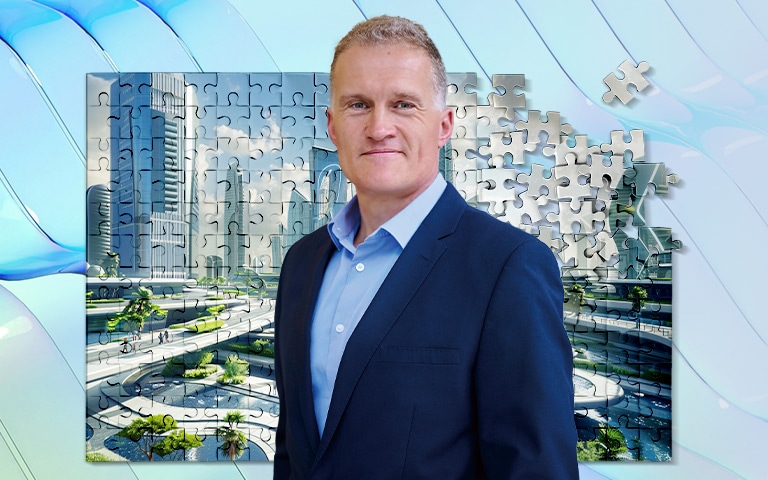
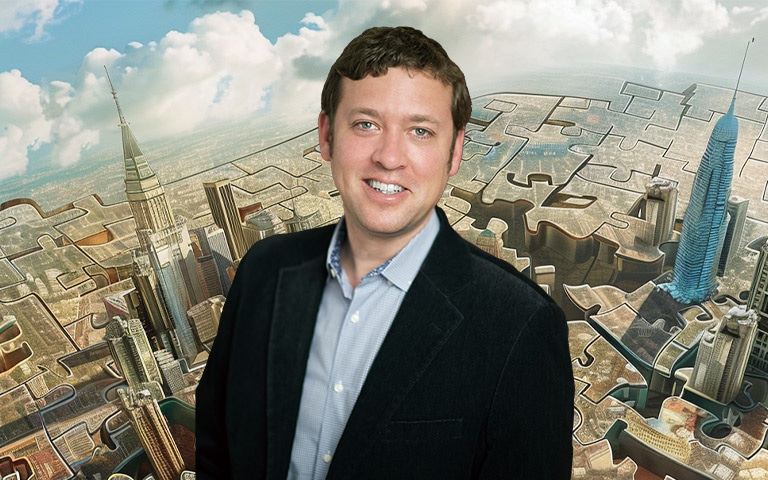
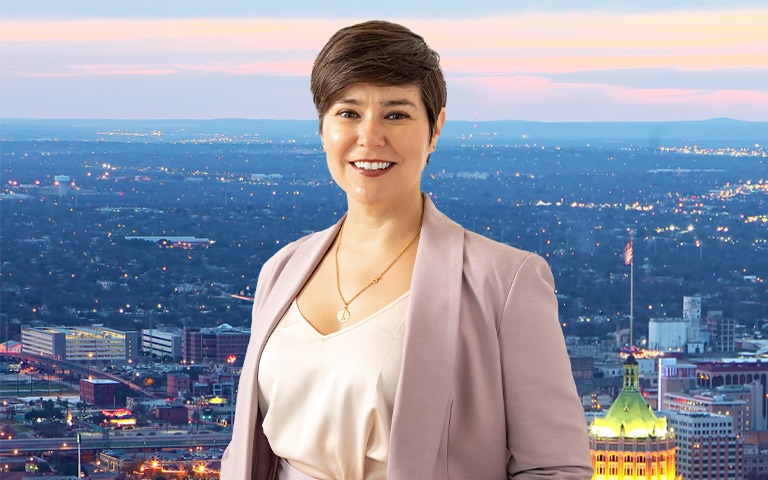
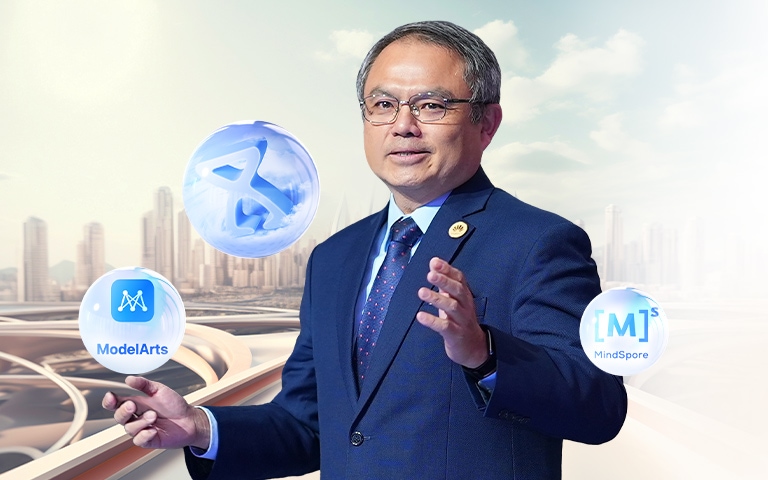

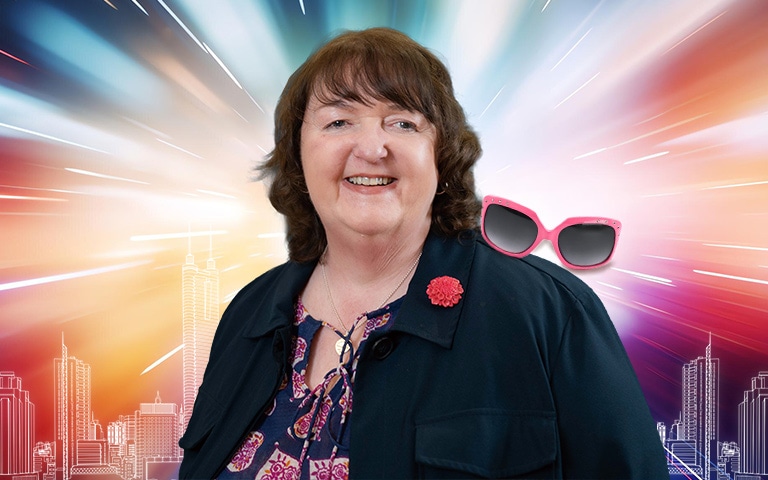
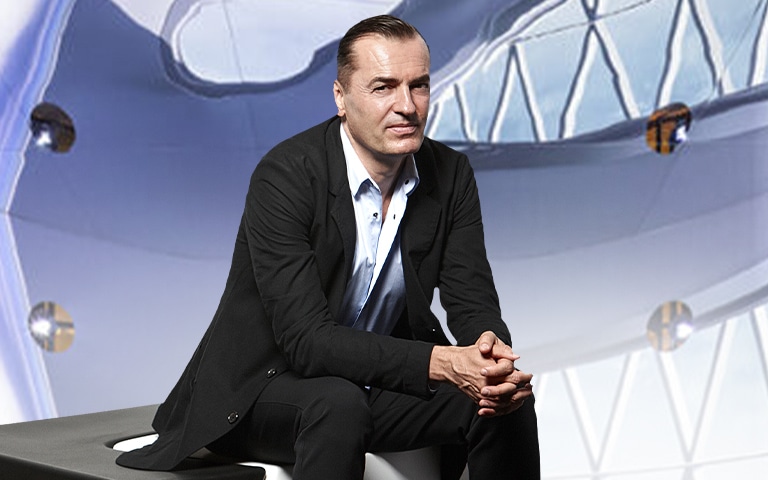
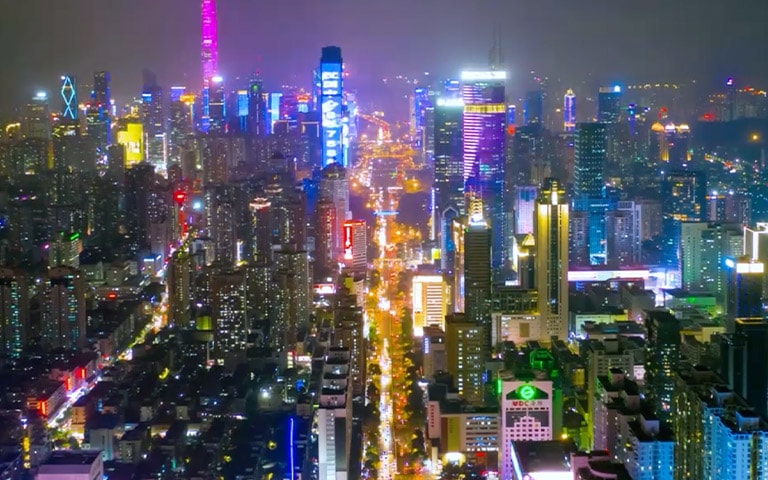
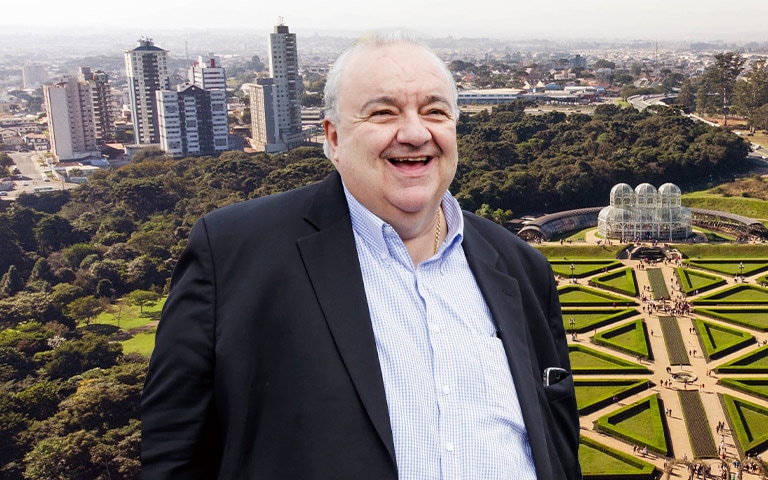

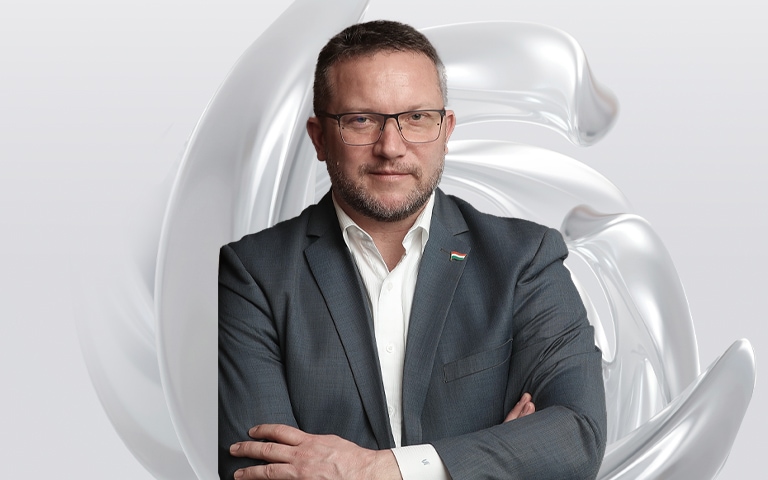
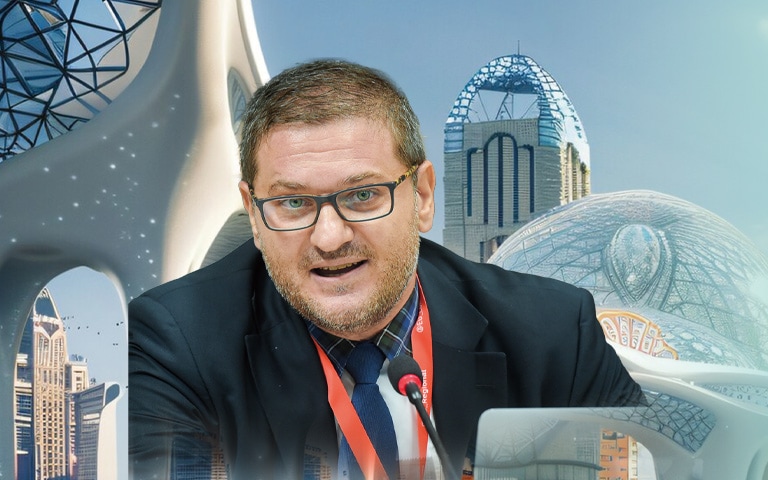
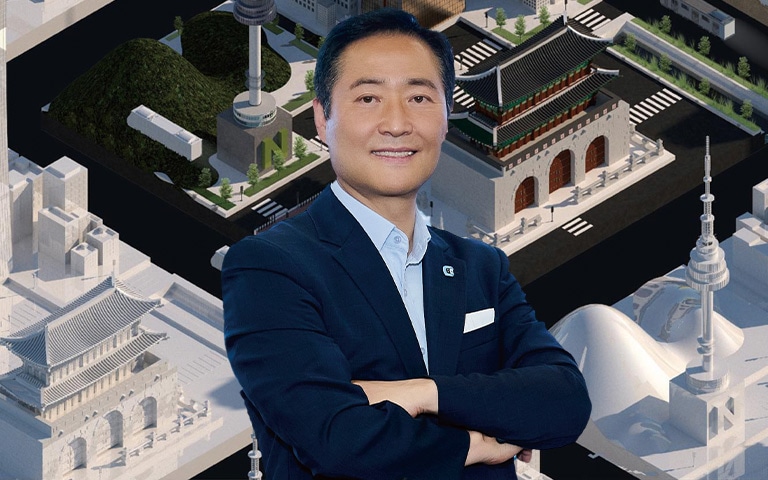

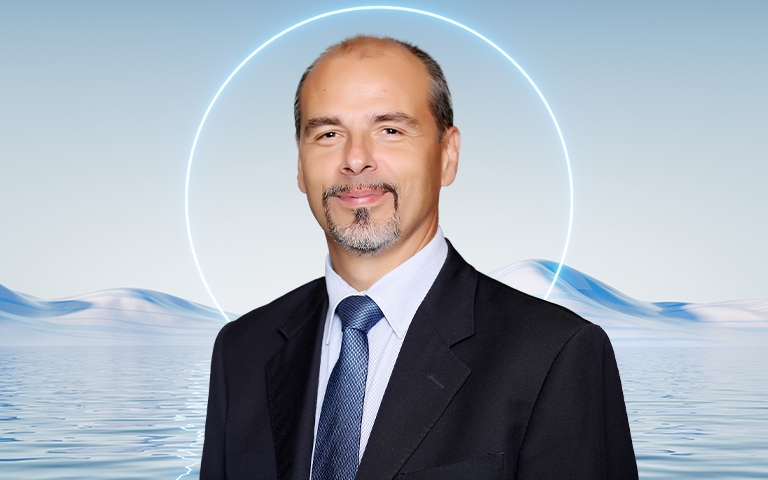

Contact us! transform@huawei.com
